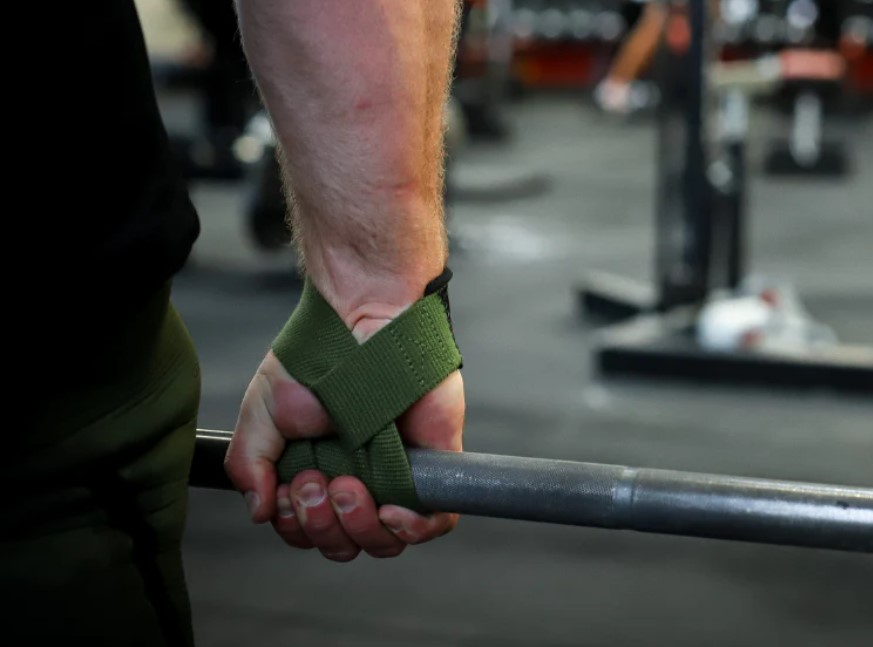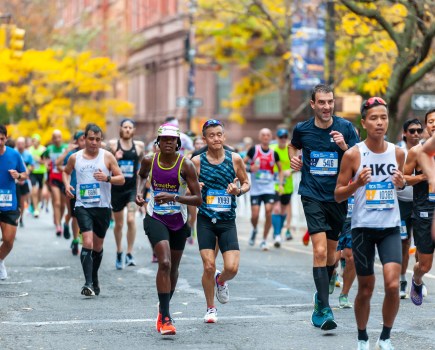Find out how to use lifting straps for a rock solid grip with our step-by-step illustrated guide by former PT and fitness expert Roger Lockridge.
Does your grip give out before your legs do when you deadlift? It can be frustrating to know you’re capable of lifting more weight, only to have it slip out your hands before your target muscles are worked effectively.
It’s well worth doing targeted exercises to improve your grip (think farmer’s carries and shrugs – anything that involves holding heavy weights in each hand). But everyone, no matter their grip strength, can also benefit from using lifting straps.
My own lifting (and hence my strength training in general) developed significantly when I started to use them. Because I began to do so in tandem with targeted dumbbell shoulder and arm exercises to improve my grip strength (I found chin-ups and seated curls particularly good for this), I quickly started to benefit from both mutually beneficial approaches.
They created a kind of synergy where my grip strength was being slowly developed by targeting exercises and being immediately bolstered from using lifting straps. Within a month I could feel that I was maxing out when my arms and shoulders failed (or at least was achieving the number of reps I needed to) – not when my grip gave way.
Lifting strap designs
Lifting straps have a loop on one end that you feed the other end through. They’re then placed around your wrist, with the long end of the strap going around the handle – usually a barbell – you would normally hold. This takes a lot of the strain off your forearms and helps you to keep holding on, so you can execute your desired number of reps.
While most fitness enthusiasts or athletes use lifting straps with barbells, they can be used with other fitness tools too. Hefting heavy dumbbells can certainly be helped with lifting straps. And they can can give you better purchase on the handles of resistance machines too.
Lifting strap variations
Looking at most lifting straps designs, you’d be forgiven for thinking their design is fairly ubiquitous. But there are quite a few variations in size, shape, material and more. The length and width of the strap can vary significantly (the DMoose straps are 24in / 61cm long; Gymreapers are just 18in / 45.7cm). Some designs have extra padding (the NoCo straps have plush suede pads; Rogue Ohio’s straps have none). And material plays a big part in design too (there are nylon, cotton, PVC, synthetic suede and neoprene designs, as well as Schiek’s easy-to-clean leather option).
Then there are those that eschew the standard strap design altogether. JerkFit, for example, has gone for a glove-like design with its popular Death Grips. They have short padded tongues that wrap around the handle in a similar way, with the glove giving you plenty of purchase. Whatever their design, though, all lifting straps create a comfortable, secure and grippy interface between you and your weight handle to ease your grip effort and stop your hands fatiguing before your arms do.
It’s such a cheap and simple piece of equipment. Yet it’s also so very effective. I can’t think of another piece of fitness kit that offers such bang for your buck. So I suggest buying a pair today and enjoying an immediate power-up in your quest to lift bigger and better.
How to use lifting straps
Step 1
Hold the strap at both ends.
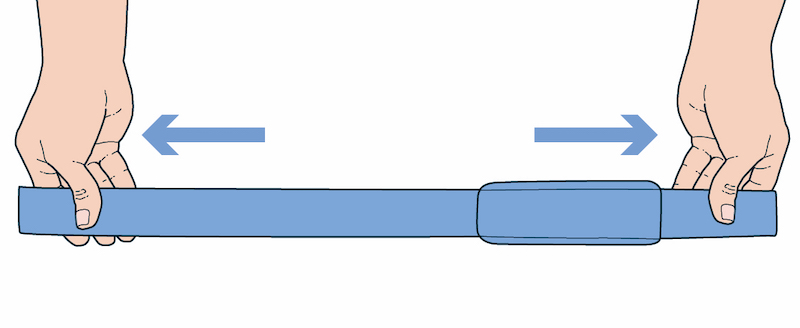
Step 2
Slide the non-looped end of the strap through the loop on the other end to make the hole that your hand goes through.

Step 3
Slide your hand into that hole, with the palm up so the remaining portion of the strap can go over the palm. That portion should be in the direction of your thumb. If the strap is going in the same direction as your left thumb, it should go in the left hand, and vice versa. Repeat with the other strap for the right hand.
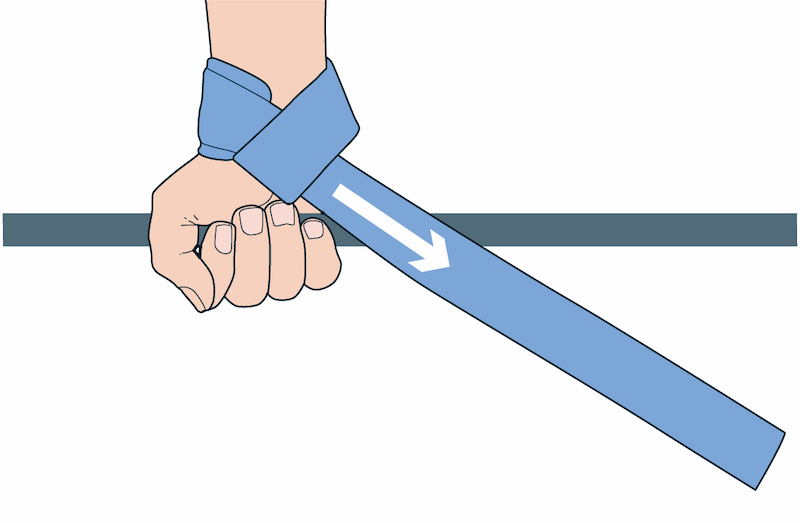
Step 4
Take the strap of the working hand and wrap it around the handle of the object you intend to lift.
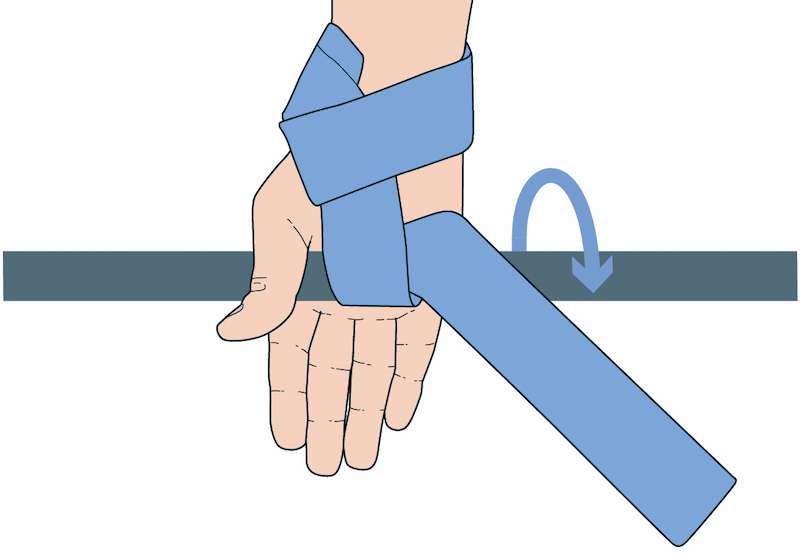
Step 5
You can wrap the strap around the bar as much as you like, but just one loop is fine.
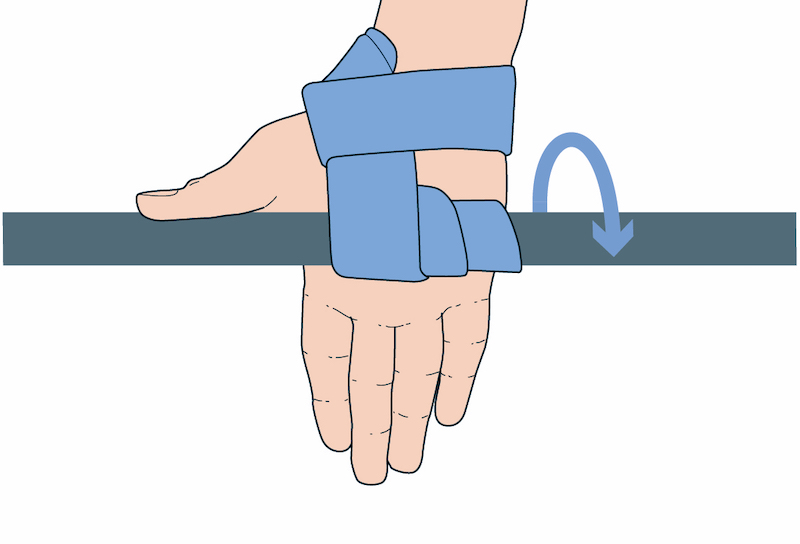
Step 6
Now take a grip of the looped strap, so it sits between your hand and the bar. Make sure the strap is secured before you begin the lift. Do not attempt to lift with a loose strap.
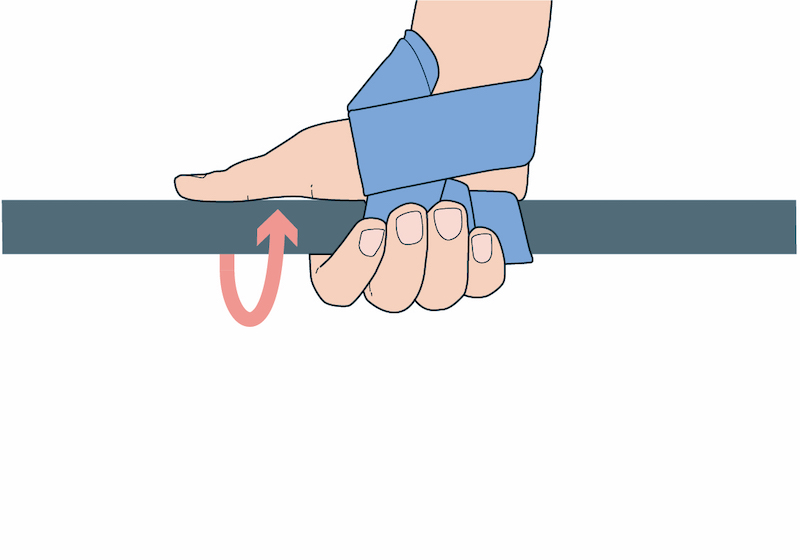
Try these Gymreapers lifting straps
Illustrations: Peter Liddiard / Main image: Gymreapers
Related content:

